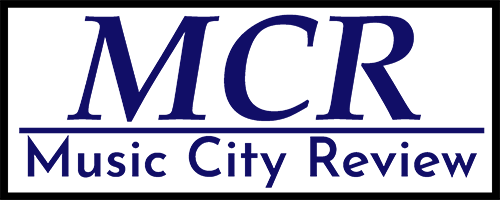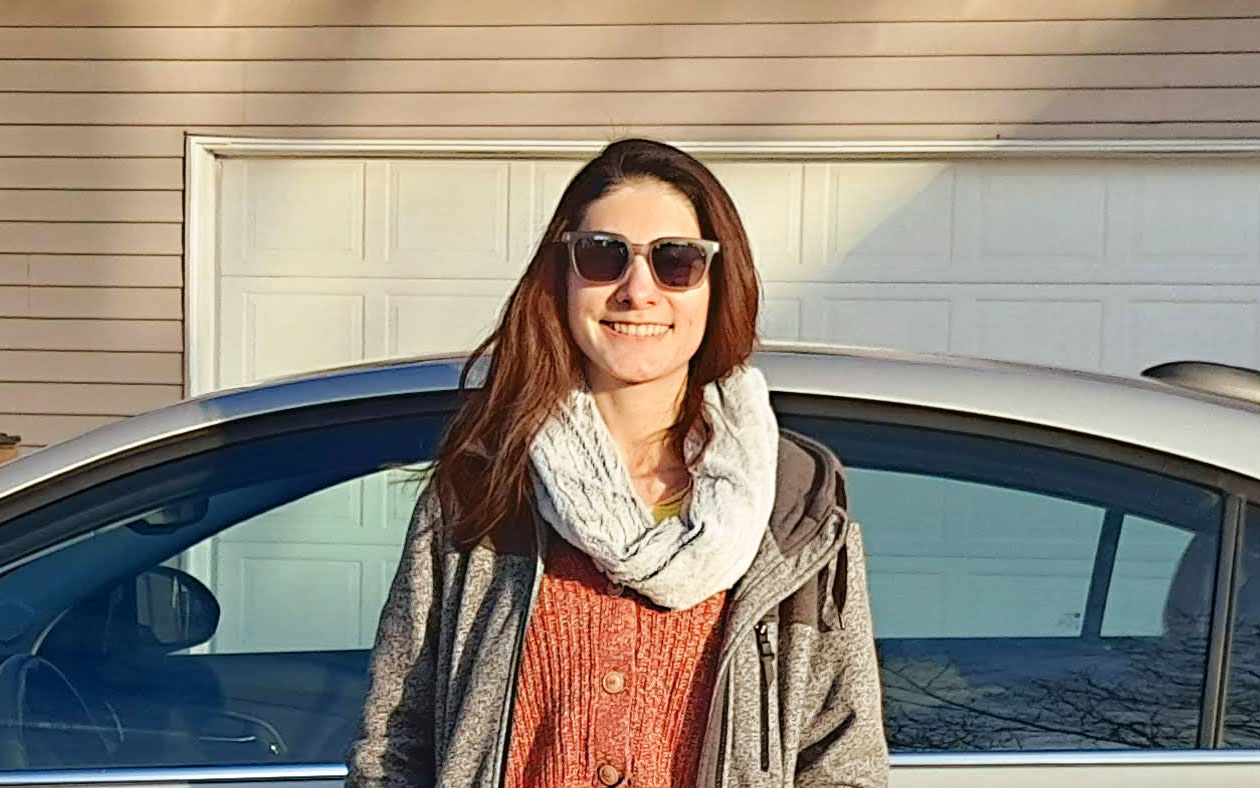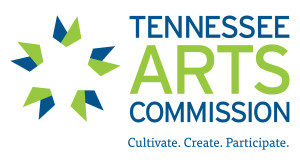Sonorous Kinship: The Spirit of Nashville Chamber Music Society
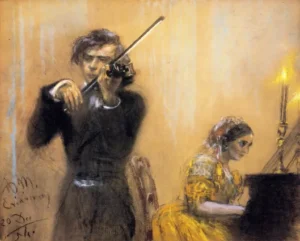
(versión en español aquí)
Romance & Heartache was the title of the musical evening that the Nashville Chamber Music Society presented on January 30 at Calvary United Methodist Church. The title could not have been more fitting; unlike a typically contrasting program, the audience was immersed in an era of close friendships and musical exchange this time. Initially conceived as vocal pieces, the romances gradually yielded the inflections of the voice and the poetry of their verses to instrumental subjectivity. Thus, regardless of knowing who inspired the pieces performed in this concert, each composer may have also engaged in an internal dialogue.
Before delving into the intimate details of this recital, I must say that learning more about the project heightened my expectations of experiencing what I consider the purest expression of musical art—chamber music. Those who have performed this repertoire recognize that, with each melody being so bare, the chemistry between the musicians and the audience is essential. Without a conductor or a lead voice, achieving a fluid, reciprocal, and intimate conversation is one of the most gratifying aspects. Cellist MaryGrace Bender, founder and president of NCMS, recalls that since her student days in Nashville, she had always envisioned this project—so much so that she patented its domain name. Amid the uncertainty and isolation of the pandemic, this idea began to take shape through the longing of colleagues to reconnect. Musical gatherings in a café delighted the ever-changing audience, and fate responded with a thumbs-up.
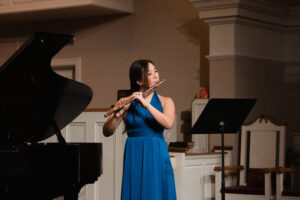
This casual setting expanded to libraries, schools, nursing homes, and churches, where professional and amateur musicians can participate in chamber workshops and even sight-reading parties! The mission of NCMS preserves the essence of musical camaraderie from past centuries, which also bore extraordinary repertoire. This is precisely the case with the selected concert program: Three Romances for Oboe and Piano, Op. 94 was a Christmas gift from Robert Schumann to his wife, Clara Schumann, who dedicated Three Romances for Violin and Piano, Op. 22 to Joseph Joachim, the couple’s close friend. Johannes Brahms’ Piano Trio No. 1 in B Major, Op. 8 was completed just a few months after the composer joined this friendship circle.
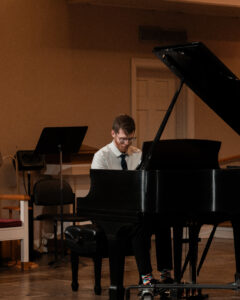
For this performance, Robert’s Romances were played by Danielle Maeng and Brendan Jacklin in the arrangement for flute and piano. As Robert’s only composition for the oboe—an instrument that at the time was not fully developed—its technical complexity has made it a required piece in prestigious international competitions. Despite the limited breathing spaces in the first and second movements and the wide intervallic leaps, the piece flows with great naturalness. Striving for a consistent and immersive sound, Maeng caressed each melodic phrase, linking the motifs as if reciting poetry. The piano’s character slightly contrasts with this lyricism, supporting each theme with rhythmic harmonies and arpeggios. In the third movement, it unites monophonically with the flute before breaking away like a sonic tail.
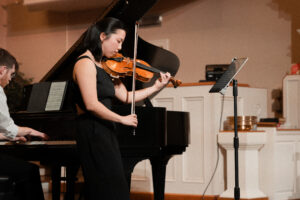
Robert’s composition was meant for Clara to perform, yet when compared to the contrapuntal nature of Op. 22, the piano role does not seem entirely aligned with Clara’s artistic aspirations. The dialogue with the violin is intense and passionate—the piano does not merely assent; it holds its own argument. There is a fine line between admiration and enchantment in the artistic world. Without falling into novelistic speculation, creatively speaking, Clara yielded to Joachim’s talent. Dedicating this piece to him contributed to the versatility and, in a way, virtuosity of the melodic development. When Charissa Leung’s violin expanded its size to reproduce the deep frequencies of the G string, I could sense the dichotomy Clara must have faced while composing this piece. Many of the Schumanns’ compositions exchange musical ideas that solidify their personal bond. In this case, there is an allusion to the opening motif of Robert’s Violin Sonata Op. 105, but Clara instructs that it be played exclusively on the fourth string, Joachim’s favored timbre.
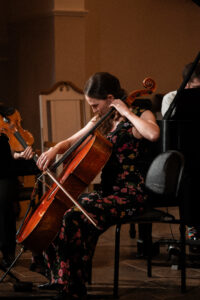
After the intermission, Brahms joined this circle of Romantic artists, and Bender joined the duo of Leung and Jacklin. The opening theme of the first movement of the Trio feels like the continuation of an unknown prior dialogue—yet as it gradually unfolds, it draws the audience in. The variety and uniqueness of the themes in each movement reveal a young composer eager to embrace everything. The broad chords and fresh lyricism of the piano allowed for a close-up of Brendan J.’s precise articulations, as he masterfully embodied the instrumental character of all three composers. Despite Brahms testing the ensemble’s fluidity with rhythmic displacements and abrupt dynamic shifts, the trio masterfully embraced the challenges. Without losing the authenticity of their timbres, Charissa L. and Marygrace B. seamlessly complemented each other’s discourse in perfect harmony; during unison passages, the two performers became one, fully indulging the composer’s whims.
The concert successfully captured the familiar atmosphere we know from letters and diary pages about the musical gatherings at the Schumann household. The audience learned the musicians’ thoughts and experiences as if they were part of a meeting among friends. That is the essence of Romanticism—shedding formality and daring to embrace spontaneity.
